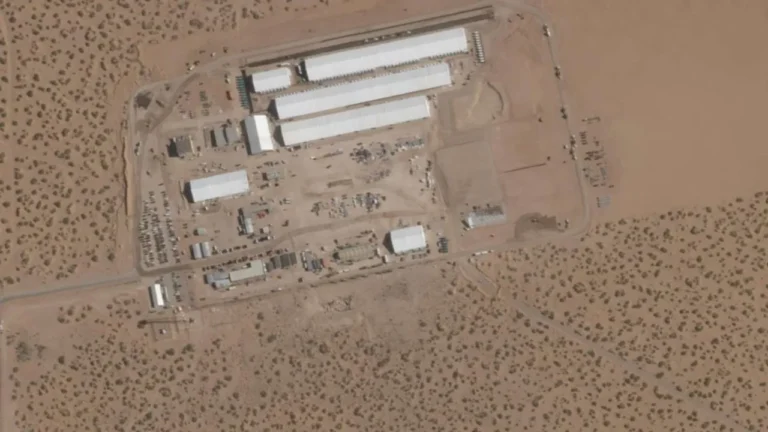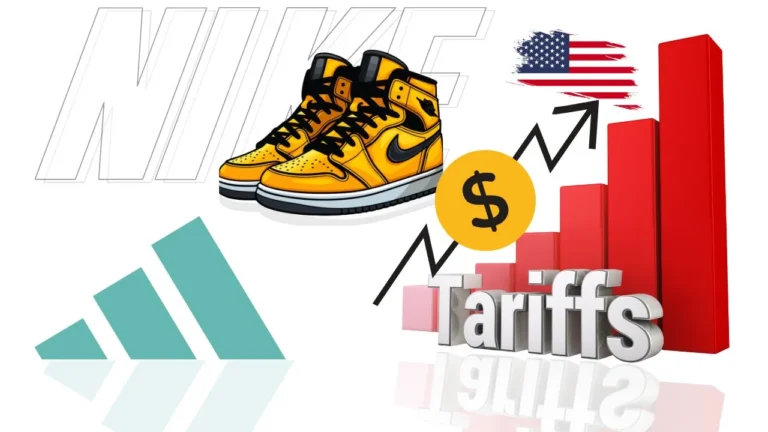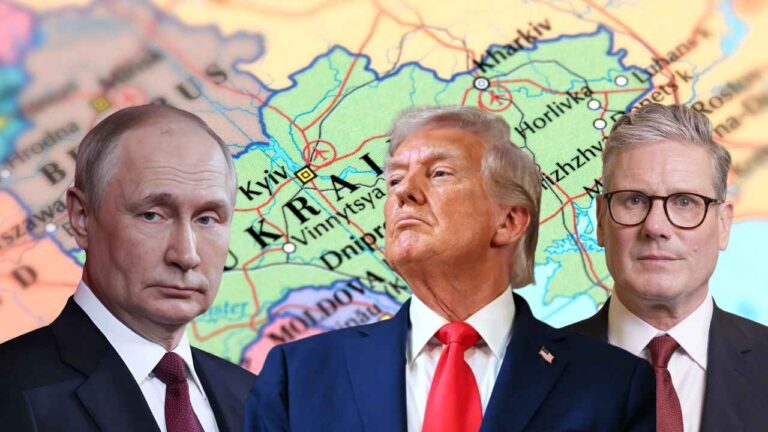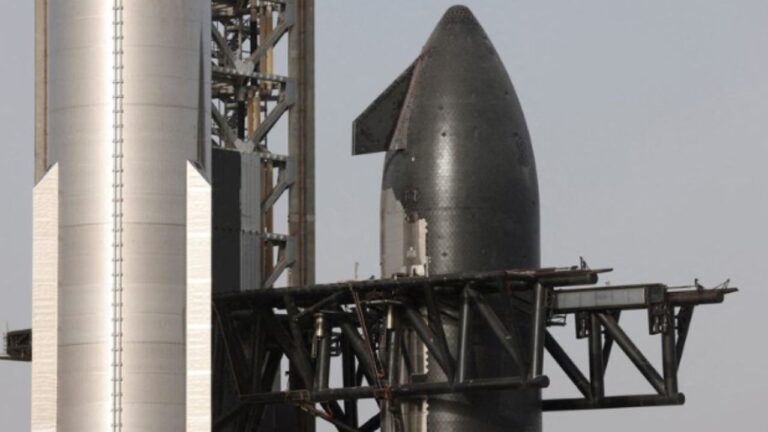Marco Rubio’s Unprecedented Roles Under Trump: A New Era of Multitasking in U.S. Governance
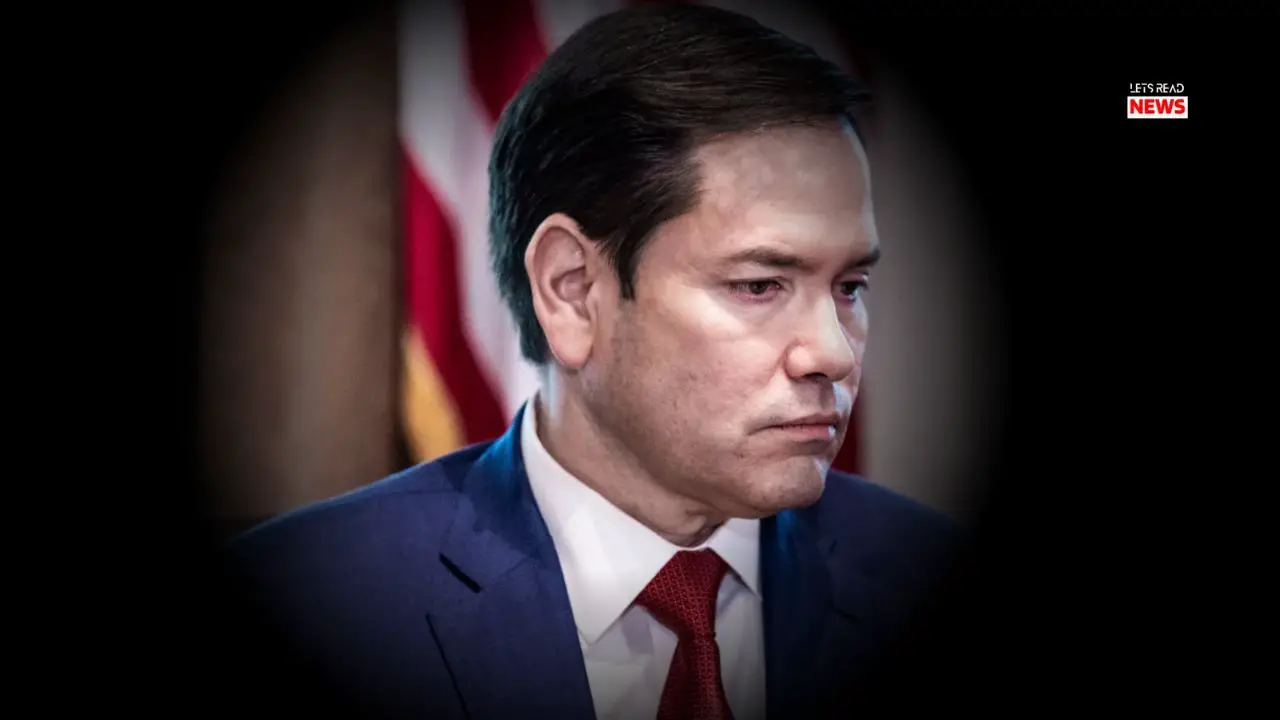

In a remarkable development in U.S. political history, Marco Rubio, the former Florida senator, has taken on an unprecedented number of high-level government roles under President Donald Trump’s administration. As reported by The New York Times on May 1, 2025, Rubio, already confirmed as Secretary of State, has now been appointed interim national security adviser, acting administrator of the U.S. Agency for International Development (USAID), and acting archivist for the National Archives and Records Administration. This accumulation of titles, totaling four major government positions, is described as potentially record-breaking in modern U.S. history, surpassing even the multitasking feats of historical figures like Henry Kissinger.
Rubio’s Rapid Accumulation of Roles
Marco Rubio’s ascent to these roles began with his unanimous Senate confirmation as Secretary of State on January 20, 2025, the same day Trump was sworn in for his second term. His appointment as the nation’s top diplomat was widely anticipated, given his hawkish foreign policy credentials and long-standing service on the Senate Foreign Relations and Intelligence Committees. However, the addition of three more roles in quick succession has raised eyebrows across Washington.
The most recent and surprising appointment came as interim national security adviser, a position Rubio assumed after Trump ousted Michael Waltz, as noted in a Reuters report from May 1, 2025. This decision was announced abruptly via Trump’s social media, catching even State Department officials off guard. The New York Times highlighted the spontaneity of the move, noting that State Department spokeswoman Tammy Bruce learned of Rubio’s new role during a televised news conference when a reporter read Trump’s post to her.
In addition to his national security duties, Rubio has taken on leadership of USAID, an agency he began overseeing in February 2025 after significant restructuring, including placing thousands of employees on administrative leave. His role as acting archivist for the National Archives, while less prominent, adds to the perception of Rubio as a political Swiss Army knife, tasked with an extraordinary range of responsibilities.
A Modern-Day Renaissance Man or Overstretched Bureaucrat?
Rubio’s accumulation of titles is unparalleled in recent U.S. governance, with The New York Times likening him to a “Christmas tree bedecked with shiny ornaments.” The comparison underscores both the prestige and the burden of his roles. Historically, figures like Henry Kissinger, who served as both national security adviser and secretary of state under Presidents Nixon and Ford, set a precedent for dual roles, but Rubio’s four positions push this concept to new extremes.
The rationale behind Rubio’s appointments appears to stem from Trump’s preference for loyalists who can execute his “America First” agenda with efficiency. Rubio, once a vocal critic of Trump during the 2016 presidential campaign, has since aligned himself closely with the president’s foreign policy vision, particularly on issues like China, Russia, and Latin America. His ability to navigate Trump’s unpredictable leadership style, combined with his Senate experience, likely makes him a trusted figure to handle multiple portfolios.
However, the concentration of power in one individual raises questions about capacity and effectiveness. Managing the State Department alone is a Herculean task, involving oversight of global diplomacy, embassy operations, and complex negotiations. Adding the national security adviser role, which requires coordinating with the Pentagon, intelligence agencies, and the White House, further stretches Rubio’s bandwidth. USAID’s humanitarian and development programs, already undergoing significant cuts under Rubio’s watch, demand strategic vision, while the National Archives role, though less demanding, adds administrative oversight to his plate.
Critics argue that this multitasking could lead to oversights or diluted focus. The New York Times reported on April 22, 2025, that Rubio’s overhaul of the State Department, including the elimination of the office for civilian security, democracy, and human rights, has drawn criticism for undermining U.S. values abroad. His decision to shutter the Counter Foreign Information Manipulation and Interference Hub, as noted in an April 16, 2025, article, has also sparked debate about the U.S.’s ability to combat disinformation from adversaries like China and Russia. Balancing these controversial reforms with his new national security responsibilities may prove challenging.
Analysis: Opportunities and Risks of Rubio’s Multitasking
Opportunities
Rubio’s consolidation of roles offers several strategic advantages for the Trump administration. First, it centralizes decision-making, allowing for a more cohesive execution of Trump’s foreign policy. Rubio’s hawkish stance on China, as evidenced by his Senate record and confirmation hearing statements, aligns with Trump’s confrontational approach to Beijing. His interim national security adviser role could amplify efforts to counter China’s global influence, particularly in the Indo-Pacific, where Rubio has already engaged with allies like India, Japan, and Australia.
Second, Rubio’s multiple hats enable rapid response to crises. The New York Times reported on March 10, 2025, that Rubio was actively involved in talks with Ukrainian officials in Saudi Arabia, advocating for territorial concessions to end the Russia-Ukraine war. His dual roles as Secretary of State and national security adviser position him to bridge diplomatic and security strategies, potentially streamlining negotiations.
Finally, Rubio’s Latino heritage and focus on Latin America, highlighted in his historic first trip as Secretary of State to the Western Hemisphere, could strengthen U.S. influence in the region. His collaboration with El Salvador’s President Nayib Bukele on deportations, as reported on April 15, 2025, underscores his commitment to Trump’s immigration and security priorities.
Risks
Despite these opportunities, the risks of Rubio’s overextension are significant. The sheer volume of responsibilities could lead to burnout or strategic missteps. For instance, his involvement in a Signal group chat that inadvertently included a journalist, as reported on March 27, 2025, raised questions about his oversight of sensitive communications. Such incidents could undermine his credibility as national security adviser, where discretion is paramount.
Moreover, Rubio’s alignment with Trump’s agenda may alienate allies. His push for Ukraine to cede territory, as noted in a March 11, 2025, article, has strained relations with Kyiv, while his NATO reassurances in Brussels on April 3, 2025, were met with skepticism due to Trump’s trade war with Europe. Juggling these diplomatic tensions while managing USAID’s restructuring and archival duties could overwhelm even a seasoned multitasker.
Finally, Rubio’s rivalry with other Trump allies, such as special envoy Steve Witkoff, poses a political risk. A CNN report from March 21, 2025, suggested that Witkoff’s expanding role in Middle East negotiations has overshadowed Rubio, potentially frustrating the Secretary of State. If Rubio feels marginalized, his effectiveness across all roles could suffer, and speculation about his tenure, already circulating in Washington, may intensify.
Conclusion: A Bold Experiment in Governance
Marco Rubio’s unprecedented accumulation of roles under Trump represents a bold experiment in U.S. governance. By entrusting one individual with such diverse responsibilities, Trump is testing the limits of centralized leadership in a complex global landscape. Rubio’s Senate experience, foreign policy expertise, and alignment with Trump’s priorities make him a logical choice for this multitasking challenge, but the risks of overextension and political friction loom large.
As Rubio navigates this uncharted territory, his ability to balance competing demands will shape not only his legacy but also the trajectory of Trump’s second term. Whether he emerges as a modern-day Renaissance man or an overstretched bureaucrat remains to be seen, but one thing is clear: Rubio’s four titles mark a new chapter in American political history, one that will be closely watched by allies and adversaries alike.
Sources: The New York Times, Reuters, CNN

